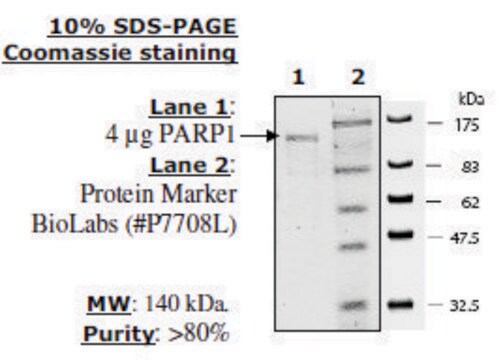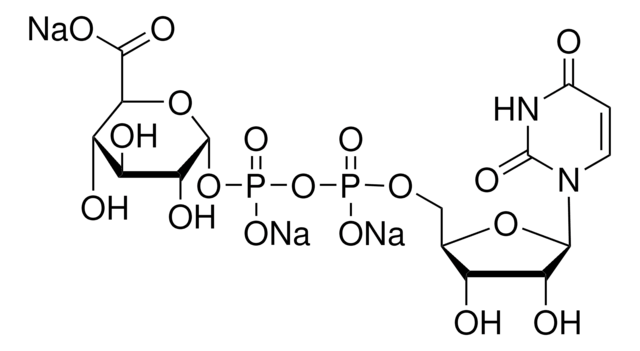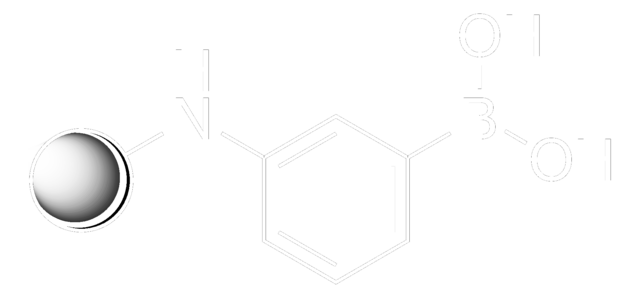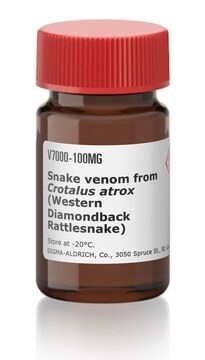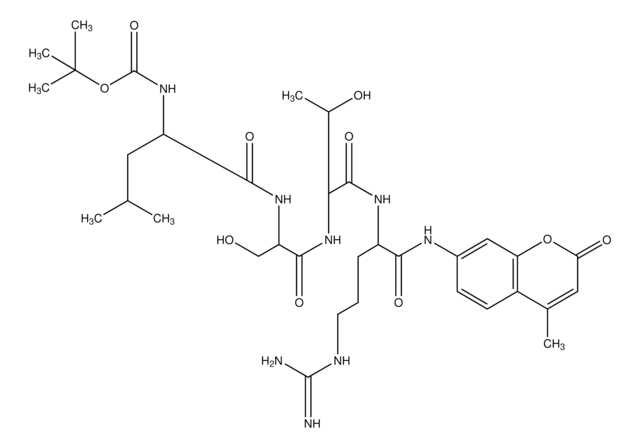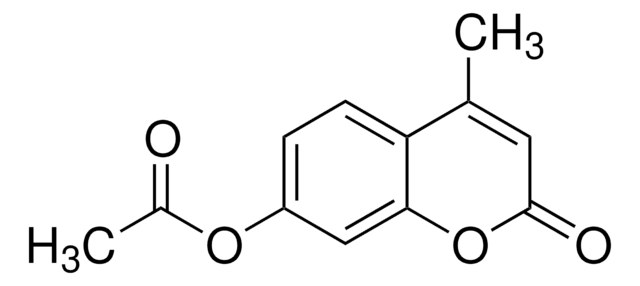SRP8023
PARG human
recombinant, expressed in Sf21 cells, His tagged, >95% (SDS-PAGE)
Sinónimos:
FNDC5 (cleaved), Poly(ADP-ribose) glycohydrolase
About This Item
Productos recomendados
biological source
human
recombinant
expressed in Sf21 cells
tag
His tagged
assay
>95% (SDS-PAGE)
form
liquid
mol wt
~110 kDa by SDS-PAGE
packaging
pkg of 2 μg
concentration
≥0.2 mg/mL
technique(s)
cell based assay: suitable
color
clear
solubility
water: soluble
UniProt accession no.
shipped in
dry ice
storage temp.
−70°C
Gene Information
human ... PARG(8505)
General description
Application
Biochem/physiol Actions
Physical form
Other Notes
signalword
Danger
hcodes
Hazard Classifications
Repr. 1B
Storage Class
6.1D - Non-combustible acute toxic Cat.3 / toxic hazardous materials or hazardous materials causing chronic effects
wgk_germany
WGK 1
flash_point_f
Not applicable
flash_point_c
Not applicable
Certificados de análisis (COA)
Busque Certificados de análisis (COA) introduciendo el número de lote del producto. Los números de lote se encuentran en la etiqueta del producto después de las palabras «Lot» o «Batch»
¿Ya tiene este producto?
Encuentre la documentación para los productos que ha comprado recientemente en la Biblioteca de documentos.
Nuestro equipo de científicos tiene experiencia en todas las áreas de investigación: Ciencias de la vida, Ciencia de los materiales, Síntesis química, Cromatografía, Analítica y muchas otras.
Póngase en contacto con el Servicio técnico


